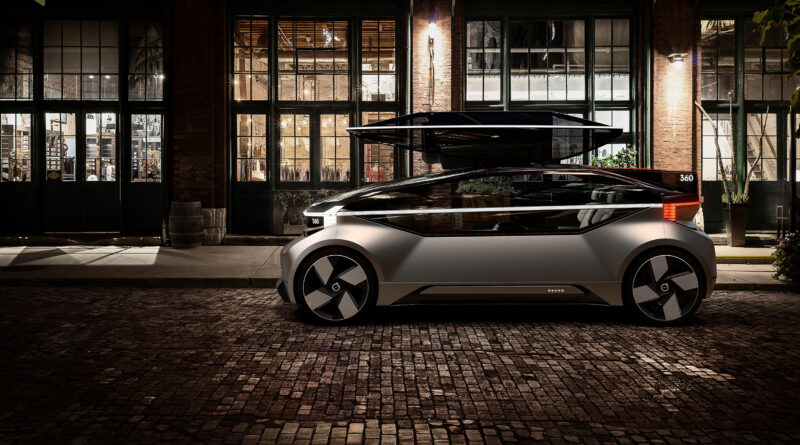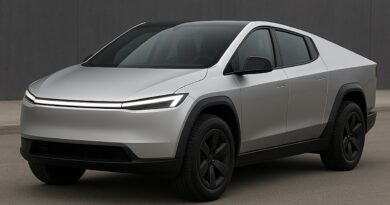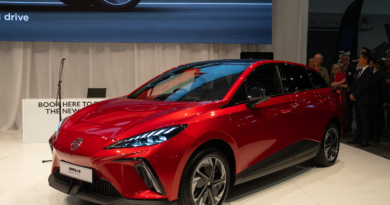Recycled, sustainable materials to boost range of Volvo EVs
Volvo says the imminent shift to sustainable and recycled materials will help its EVs go further on a charge.
The Swedish brand has already committed to a future that moves away from leather. Every new electric Volvo, starting with the C40 Recharge, will be leather-free and the company is aiming for every car it sells to be electric only by 2030.
READ MORE: 1000km Volvo EV coming
READ MORE: Next generation Volvo XC60 mid-sized SUV to be EV only
READ MORE: Seven-seat XC90 to go electric as Volvo accelerates EV push
Volvo says the alternatives to leather bring many benefits, including EV range.
“There are so many nice sustainable materials and modern materials which we want to explore and they are much lighter [than traditional materials], which has a direct correlation with efficiency and range,” says Volvo Cars design boss Robin Page.
The shift to sustainable and recycled materials – including innovative seat materials and carpets made of recycled PET bottles – is being driven by younger buyers.
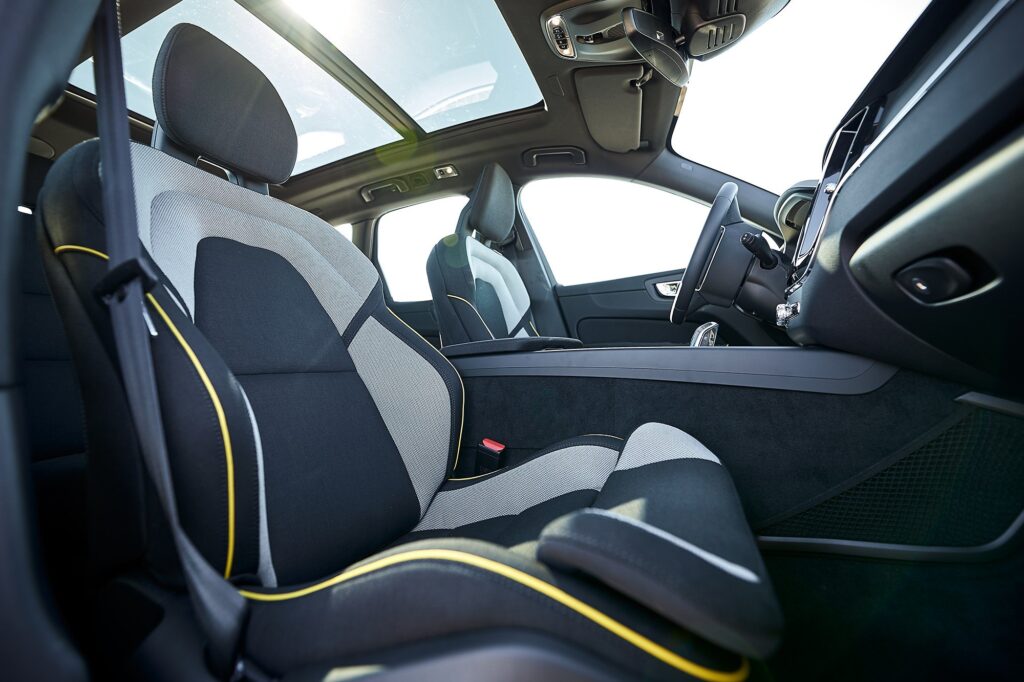
“This next generation are far more interested in modern materials that are sustainable and that are not connected with animals,” says Page.
Despite the youth focus on materials, even traditional car buyers will appreciate the extended EV driving range afforded by new materials, something that is being boosted by optimised aerodynamics.
Volvo chose the coupe-inspired silhouette of the upcoming C40 Recharge – which uses electrical components of the XC40 Recharge Pure Electric beneath the skin – partly for aerodynamics. Allowing the car to slip through the air better means less drain on the batteries and longer range.
And EVs can bring enormous benefits in reducing aerodynamic, something that pays higher dividends the faster you’re travelling.
Volvo’s senior director of exterior design T. Jon Mayer, told EV Central the components of an EV “allows you to push [vehicle design] volumes in other areas you couldn’t do before”.
The idea was explored as the Volvo 360c concept from 2018 (pictured, top), which looked at how an autonomous electric car could be packaged to include sleeping quarters, a living space and an office.
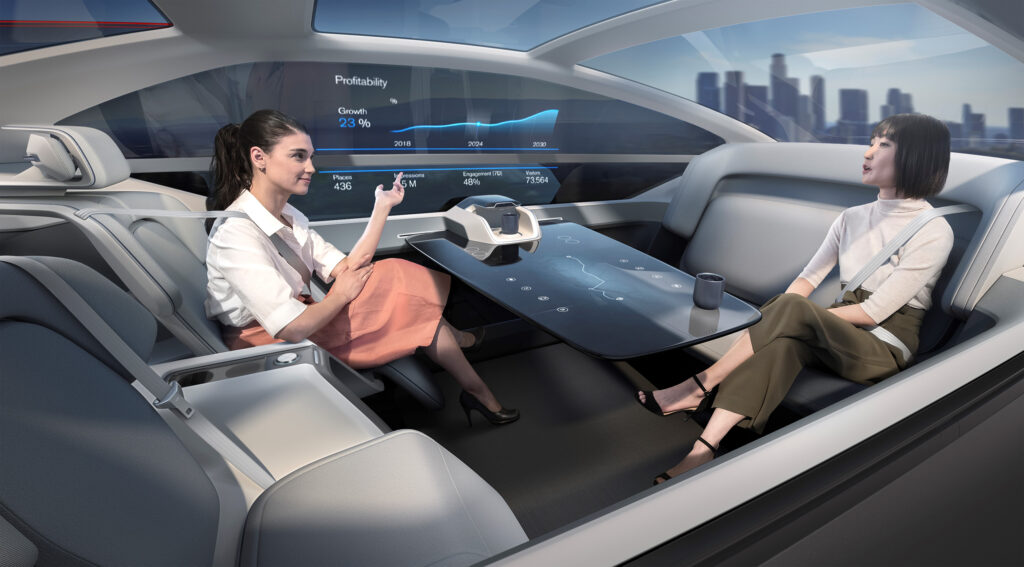
Mayer says not having an engine up front allows for new thinking and could even change the way customers view cars.
“This is an exciting adventure right now to look at how cars will change, maybe they won’t fit into the traditional segment boxes (sedan, wagon, hatchback, etc) that we know from the past.
“It opens up the whole opportunity for innovation and connecting more to the Scandinavian living room and optimising the proportions as well of creating this bigger space inside, identifying the car as an electric car and optimising aerodynamics.”

